30+ Sample Development Contracts
-
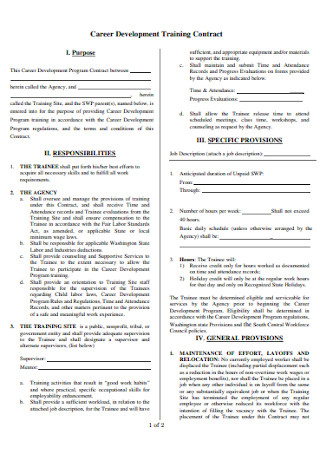
Career Development Training Contract
download now -
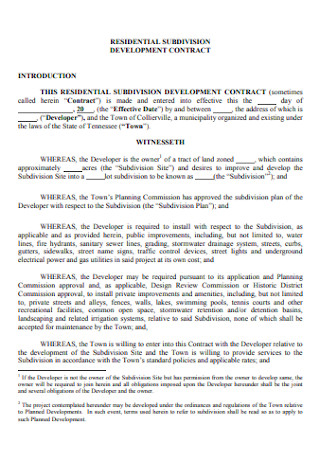
Residential Subdivision Development Contract
download now -

Private Development Contract
download now -

Visual Artist Development Contract
download now -
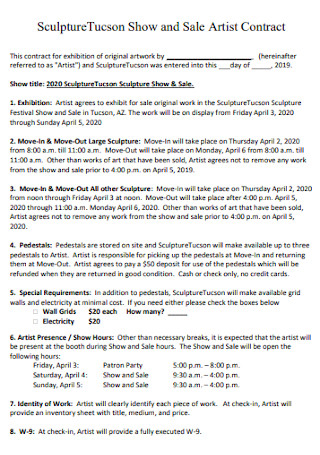
Sales Development Contract
download now -
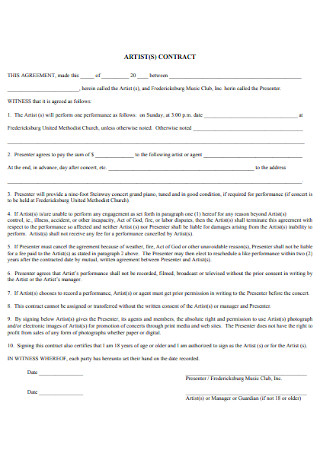
Music Artist Development Contract
download now -
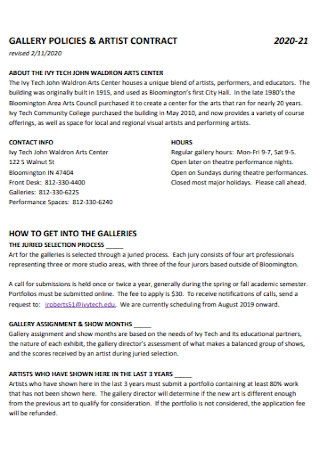
Artist Development Contract
download now -
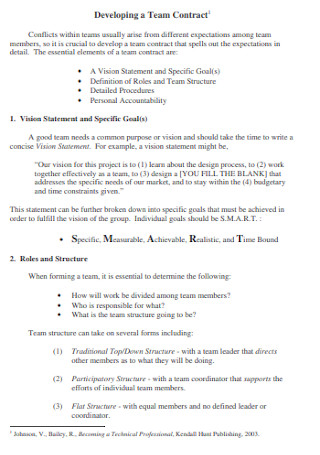
Team Development Contract
download now -
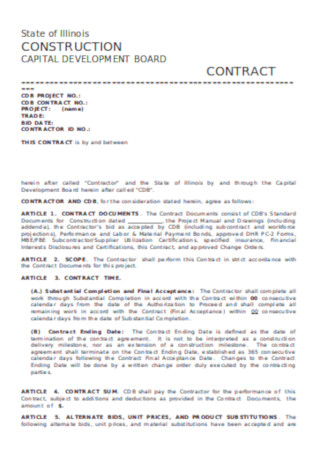
Construction Capital Development Contract
download now -
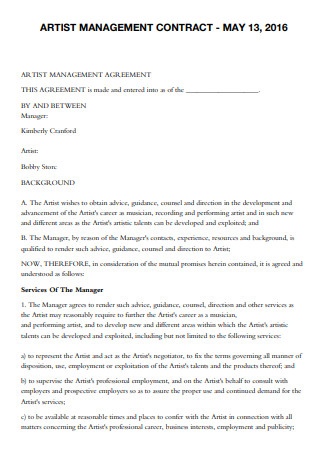
Artist Management Development Contract
download now -

Course Development Contract
download now -

Development Contract for IT
download now -

Stage Development Contract
download now -

Sample Artist Development Contract
download now -
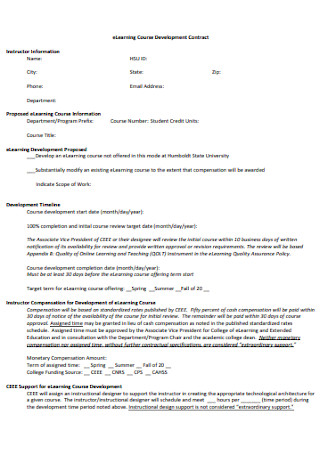
Learning Course Development Contract
download now -
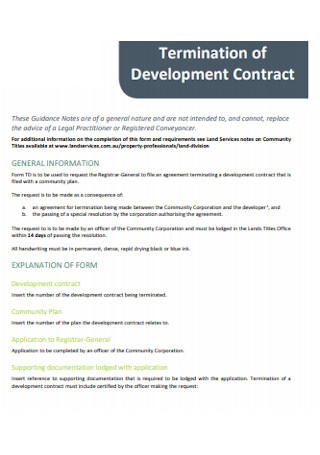
Termination of Development Contract
download now -
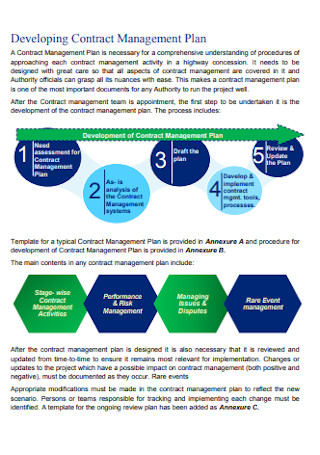
Developing Contract Management Plan
download now -
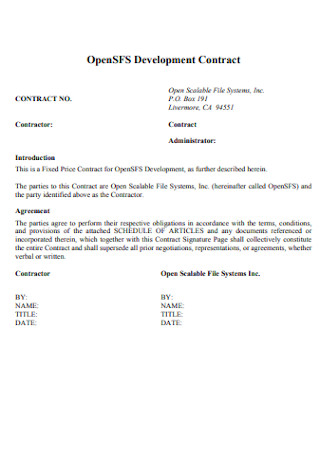
Standard Development Contract
download now -
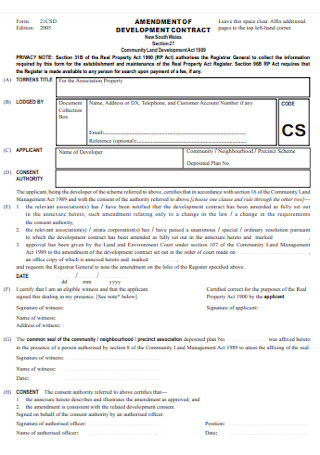
Amendment to Development Contract
download now -
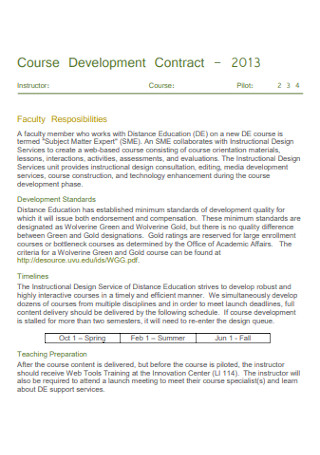
Sample Course Development Contract
download now -

Garden Development Contract
download now -
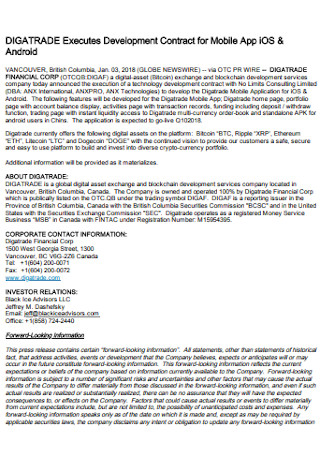
Development Contract for Mobile App
download now -

Contract for Economic Development
download now -
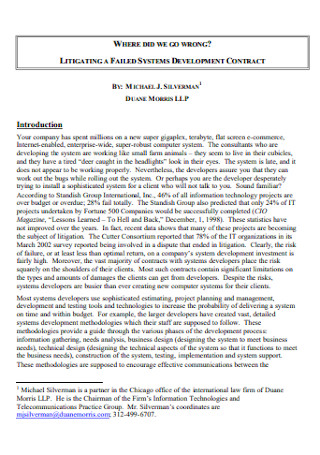
System Development Contract
download now -
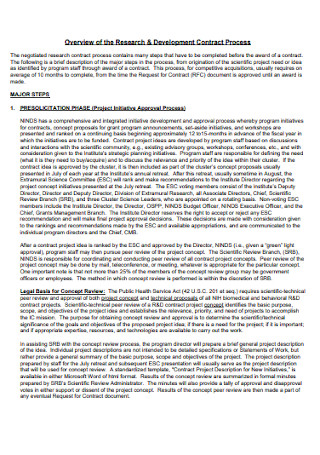
Research and Development Contract
download now -

Announces New Development Contract
download now -

Product Development General Contract
download now -
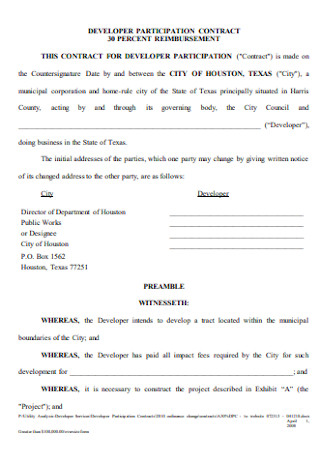
Development Participant Contract
download now -

University Development Contract
download now -
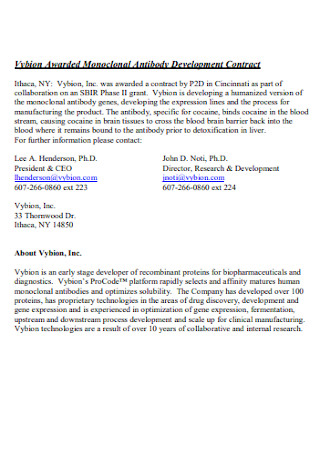
Awarded Monoclonal Antibody Development Contract
download now
FREE Development Contract s to Download
30+ Sample Development Contracts
What Is a Development Contract?
Examples of Development Contracts
Features of a Development Contract
How to Create a Development Contract
FAQs
What is included in a development agreement?
How does a development agreement work?
What is a software development contract?
What Is a Development Contract?
A development is a business contract where two or more parties enter into an agreement to create a common goal and/or output. The output may be anything from a product to an event. The development process is then outlined and detailed explicitly in the contract.
In a 2019 article published by Rasmussen University, web development jobs are seen to increase 15% all the way through 2026. Web developers can be offered various job positions and roles such as front-end developer, back-end developer, user experience designer, user interface developer, and software developer.
Examples of Development Contracts
Development is a broad subject that can cover various subtopics. Many are familiar with web or software development in the IT industry; but that is only one possible interpretation of development. The following examples below are forms of development that may also require an official contract:
Features of a Development Contract
Depending on the type of development, a contract can contain several parts. Some are applicable across the board; while other features are specific to a certain field. The following are basic examples of components or features that are usually found in a development contract:
How to Create a Development Contract
The content of your development contract will vary depending on type, field, or needs. To make it simpler and more convenient, use an existing template and just input the necessary details. Follow the steps below to ensure a no-nonsense and straightforward contract.
Step 1: Decide on the Type and Format of the Contract
What kind of development contract are you going to engage in? The format of the agreement will highly depend on the type of contract. In general, most legal contracts and official documents follow certain guidelines. Always give your contract a title. Assign the appropriate wording and make sure you are using the standard fonts, spacing and margins. If you’re unsure of the format and legal jargon, try using a sample template to get started.
Step 2: Introduce the Parties
Like in any contract, always introduce the parties concerned. In the case of development contracts, the parties are normally labeled as the company (or client) and developer. Make sure to indicate the complete name and business address of each. Lastly, include the date when the pact was made and signed.
Step 3: Enumerate the Terms and Conditions
In the same way the body of an essay contains the main points and key ideas, the body of a development contract contains the general terms and conditions of an agreement. A good way to state your stipulations is by numbering them or categorizing them into sections. For example, a subheading can be labeled ‘Payment Terms’ in bold characters; under this are your guidelines regarding compensation and each are numbered accordingly. You want your conditions to be as specific as possible. Avoid leaving any room for ambiguity because it can be a cause for future contention.
Step 4: Have the Document Notarized
The last step is optional. Once all parties have agreed to the terms and affixed their respective signatures, you can further certify the document by having it notarized by an attorney. This is to ensure authentication of both parties’ identities and their willing consent to enter into an arrangement.
FAQs
What is included in a development agreement?
A development agreement can vary depending on the type of arrangement made. But generally, the agreement will contain the scope of work and an outline of roles and responsibilities. In order to manage expectations on both ends, specific deliverables must be indicated along with their corresponding timeline and due date. The usual legal clauses like confidentiality, termination, severability, and the like may also be inserted in the development agreement.
How does a development agreement work?
A development agreement is essentially a service contract between a client and a developer. The former engages the services of the latter to create a product, launch a website, build a brand, or even improve oneself and one’s career. Development can come in different phases and can cover various stages such as planning, testing, branding, reviewing, launching, and modification.
What is a software development contract?
A software development contract is a partnership agreement between a company and a software developer. A company may have an abstract idea but would need the expertise and resources of a software developer company to bring their ideas and plans to life. One popular example is mobile app development. A client company can outsource and engage the services of a software developer to help the former create an app for public and commercial consumption.
Whether it’s software development, product design, or visual concepts, most businesses seek out external help in order to achieve internal business goals. Development is an important phase in any field. Without it, growth and improvement can be rendered non-existent. Create and customize your own development contract by downloading any of the sample templates above!
